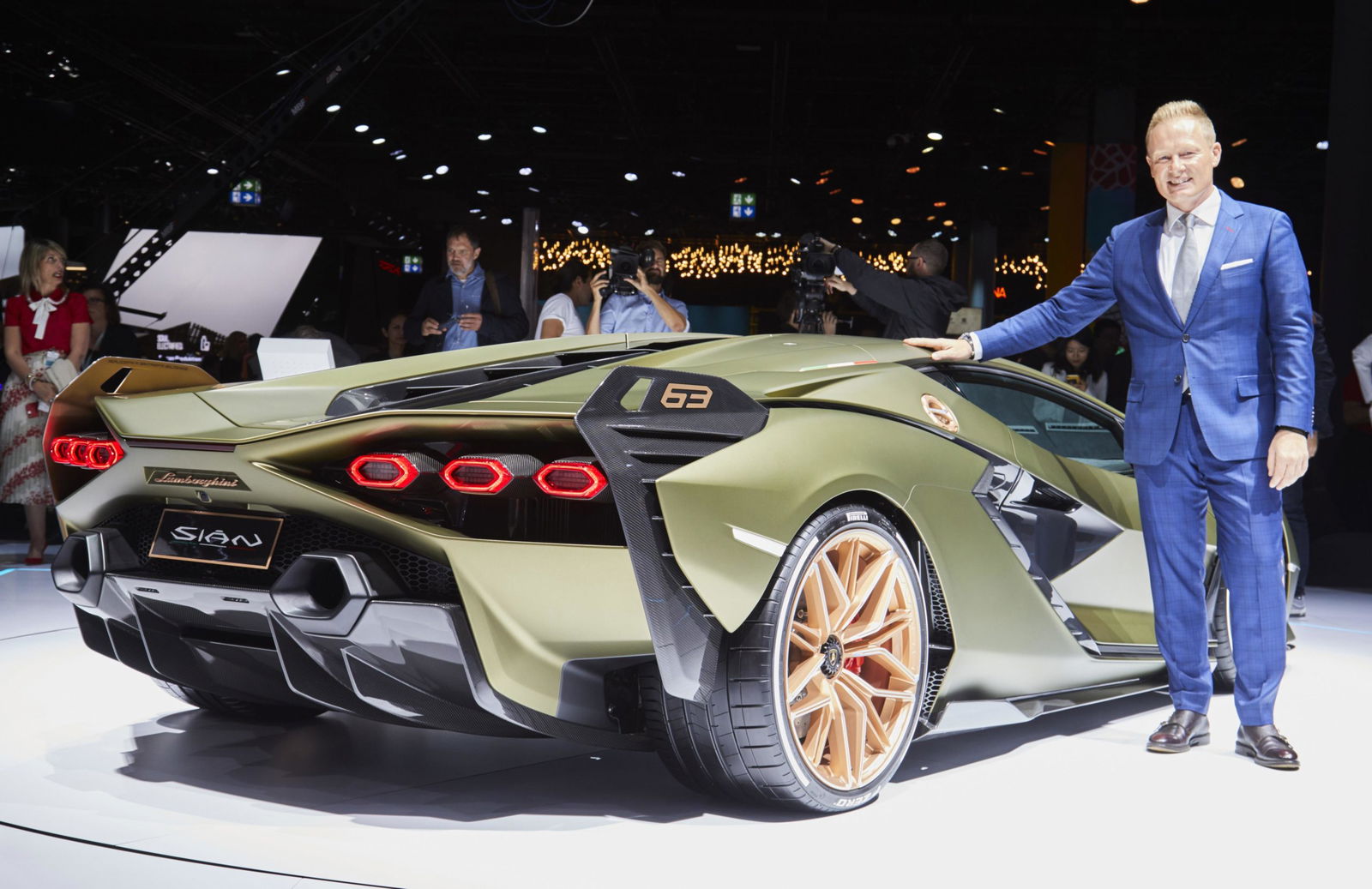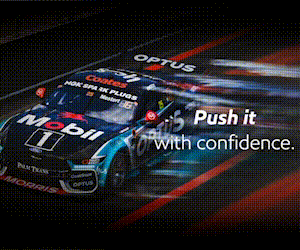
Think of a Ferrari. Was it red in your mind? Think of a Porsche. Was it white or black in your mind’s eye? Now, think of a Mercedes-AMG. Silver? Some car brands become well known by certain popular colours.
Now I want you to think of a Lamborghini. What colour did you imagine? Yellow? Green? Purple? Red?
The rampaging bull brand is synonymous with two design elements – aggressive, angular lines and bright, bold colours. No other car brand is able to consistently produce such outrageous hues as Lamborghini, and that’s no accident.
GALLERY: Lamborghini’s history of colour
Right from the brand’s earliest days, founder Ferruccio Lamborghini didn’t want his cars to be known by one colour or lock customers into a restricted amount of choice, which is why the brand’s first iconic model – the Muria – can be seen in such a wide range of colours; orange, gold, bright blue and vibrant yellow. Lamborghini built 763 Murias in total, with a massive-for-the-time 86 different colour choices.

It became an instant hallmark of the brand and remains so, with each new model and concept finished in a specially selected paint that best suits the car and the customer.
Mitja Borkert, Head of Design for Lamborghini, spoke exclusively with Torquecafe.com recently to explain the process that goes into choosing colours for the brand and explained why it’s so important.
Take, for example, the new Lamborghini Sian, the brand’s latest limited edition hypercar. The company will build 63 coupes and 19 Roadsters – and no two will be the same colour. Instead Borkert and his team will work with each buyer to develop a unique paint scheme that will not only ensure the car looks great, but also serve to further enhance its limited edition appeal.
“The colours of Lamborghini are very, very important for our customers and for the individualisation of our product,” Borkert says.
The launch colour for the Sian Roadster was developed especially for the car, it’s a multi-layer effect of blue and green paints, as well as a clear coat to make it shine. That’s to try and, as the press release explained, “encapsulate the blue of the sky and the green of the fields.”
Borkert is understandably proud of the new colour, saying: “The effect is so deep. It looks really rich and really deep.”

While Borkert is also responsible for helping create the shapes of each model, ensuring the right colour to reveal a new model is incredibly important to Lamborghini. Which is why the process for that begins very early in the planning for each new car and extends to the environment that the car will be launched in.
“I’m taking in my mind, what will be the presentation place, what will be the surrounding? Will it be the green grass? A traditional car show? So I’m considering at first the place where we present the car,” he explains.
“For example, with the Centenario Roadster, we knew Pebble Beach outside on the green fields on the golf course, so we chose a matte silver paint that’s really elegant that works with the green fields. At Frankfurt [Motor Show] for the Sian coupe, we presented the matte green, where you have a golden sparkle within the green. The intention there was to create something outstanding, at this moment such a green was not present from any other supercar producer and we want to be trendsetters.”

It’s not just limited to the ultra-exclusive models like the Sian, Lamborghini offers more than 350 ‘standard’ colours for its range for the Aventador and Huracan. Then, like most premium brands, Lamborghini has a customization program – Ad Personam – that allows for almost infinite choices.
“I think the shape of Lamborghini is supporting this,” Borkert says. “Basically every day, or at least every other day, I’m walking into a place that’s called the ‘Finishing Line’ and I’m curious to see what colours our customers have chosen. When you walk there [it’s like] you are walking into a toy shop and you see all these very beautiful colours.”
And not just the company’s supercars that feature more ‘look-at-me-colours’ with the Urus SUV also being increasingly chosen in bright shades. It’s something Borkert is proud of because it helps the brand stand out more against its rivals.

“When you look at our competitors you’ll see colours like grey or black or darker colours,” he says. “The Lamborghini Urus choices for the customers are very colourful, we have for example, 17 per cent of Urus are yellow. This percentage of a brighter colour you will never find in any other brand.”
Which leads to the obvious questions: Is there a limit to what Lamborghini can do?
While Borket concedes there are some limitations in terms of the colour palette, modern technology is allowing for more and more colours and, crucially, better colour matching between the various materials used on each panel; for example the transition from aluminum to carbon fibre.
“The limitation, at the end of the day, is what the colour can do,” he explains. “We’re putting in ceramic effects, we can play with the layers – three layers, four layers, six layers – you can achieve fantastic results already today.”

The latest trend the Borkert and his team are exploring is a fading effect so a car can start in one colour and transition into a darker shade or even into exposed carbon. But that brings its own limitations, namely the price of creating what is effectively a hand-painted car.
“For example, if you have a fading effect that’s manual work, you need to have a painter with an unbelievable skill to paint the car. It’s a one-off piece at the end of the day because the transition of colour has to be done really smooth and with a lot of feeling,” he says.
That doesn’t mean he won’t stop pushing the limits, creating one-off creations for special events like the annual ‘Japan Day’ that’s a platform to demonstrate what they can do with every aspect of the colour and trim.

This leads to our final question, is there a colour too outrageous even for Lamborghini? Because Borkert has final approval of colours across the range, in order to ensure the brand’s image isn’t tainted by someone’s bad taste.
“I have to be honest, in the five years I have been here I have never seen a colour I don’t like,” he reveals. “There are for sure colours I personally wouldn’t buy, but they are really, really strong colours.
“One colour I would let say, recommend [customers] think again would be pink. But I haven’t seen a pink Lambo out of our production line since I’ve been here. If a customer is coming and wants a pink [car] I would do something cool and try and work with them on the proportion of the pink. That’s the colour I would say I like the least.”
But if Lamborghini did produce a pink model, you can be sure it would be the most dynamic, layered and creative pink possible if the brand’s heritage is any guide.













Discussion about this post